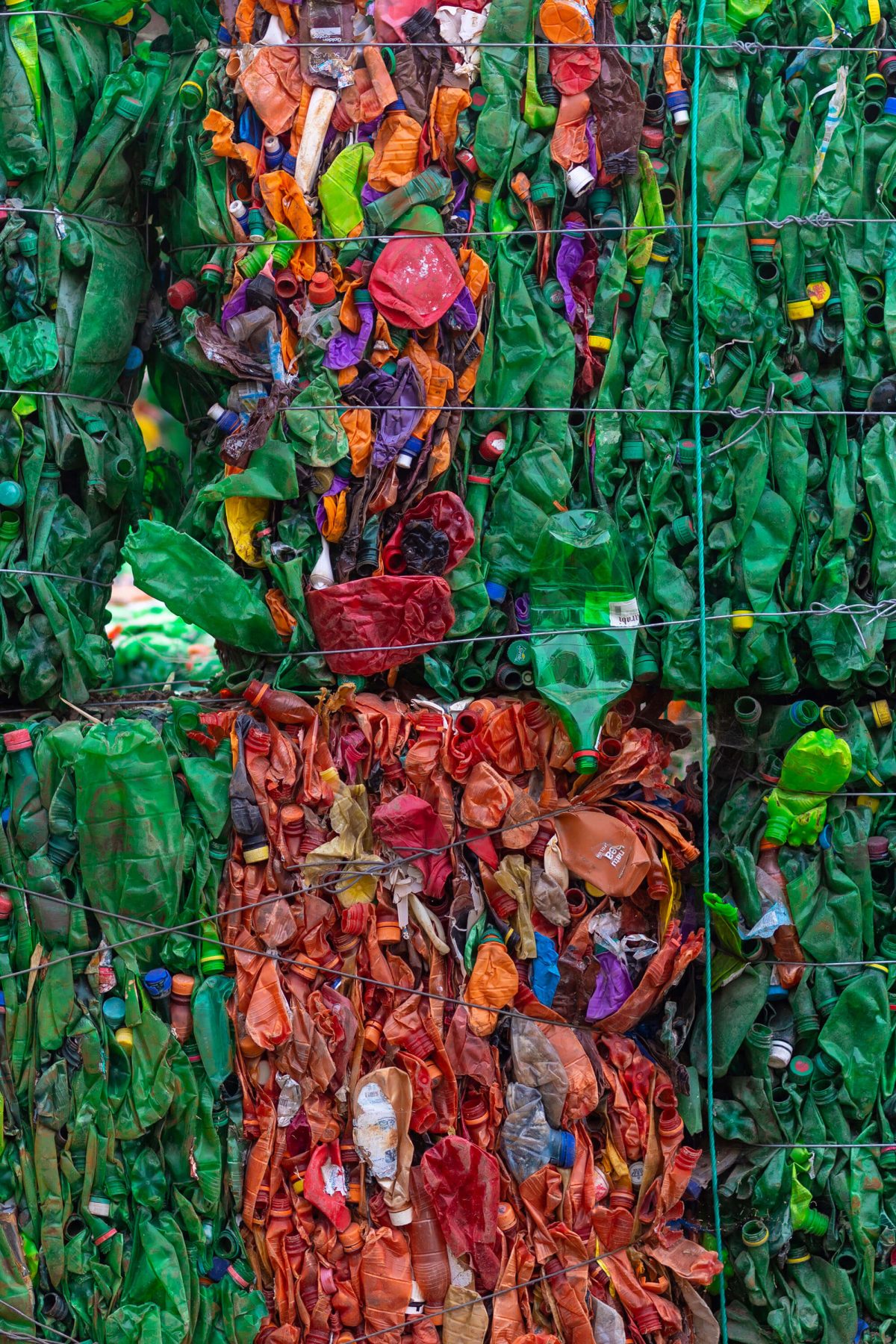The average person is responsible for the disposal of an estimated 22 pounds of single-use plastic waste per month. A new programme launching tomorrow will offer consumers the option to “offset” that plastic waste by funding the clean up of 22 pounds of plastic from the environment. The programme, called Plastic Neutral, aims to establish a model similar to carbon offsets in which emissions reduction efforts are funded to compensate, theoretically, for emissions produced elsewhere.
The programme is a collaboration between By Humankind, which makes soaps, toothpaste and other personal care products in minimal and plastic-free packaging, and Plastic Bank, a company that builds “ethical recycling ecosystems” in coastal communities and pays people in low-income communities to collect plastic waste that can then be recycled and fed back into the global manufacturing supply chain. Subscribers will pay $8 a month to help fund the plastic removal from Plastic Bank’s network of countries including Haiti and the Philippines.
By Humankind makes personal care products in minimal and plastic-free packaging, including these toothpaste tablets.
© By Humankind

“We are saying, ‘we give you, the consumer, the opportunity to offset the plastic waste function in your life and neutralise it, similar to the way companies are neutralising their carbon emissions,’” says By Humankind CEO Brian Bushell. “We’re excited to launch as a contradiction to Black Friday. We hope it cuts through.”
The scheme could be a natural fit for fashion, given the industry’s heavy use of plastic and its reliance on carbon offsets to reduce its carbon footprint. Forrester analyst Alla Valente says the concept has potential to take off both with consumers — who might be drawn to tangible and immediate impacts that they can envision, whereas carbon offsets work at a larger, more abstract level and on a slower timescale — as well as with corporations, which are waking up to the urgency of the plastic and water pollution crises. Other programmes that are hoping to offer mainstream plastic offsetting include Vera and The Plastic Offset Company. But even at scale, offsetting as a way to compensate for waste and pollution has been criticised for being an “easy” solution that doesn’t actually solve a problem.
What’s needed more, he says, is for consumers to change their behaviours and the fashion industry to move away from plastic.
Fashion’s dependence on single-use plastic spans the industry and the globe: the disposable hangers used during distribution are in addition to the hangers used at retail; polybags are ubiquitous; it’s prevalent in packaging, not just as shopping bags but in anything from display windows to plastic collars for formalwear; and petroleum-based fabrics and trims like plastic buttons and sequins are routine for many designers. Some brands have begun trying to move away from plastic, but for the most part they have a very long way to go.
The opportunity for fashion to offset its use of plastic could potentially be a lightbulb moment for some brands as to the full scope of the problem and their contribution to it. When used as climate experts say they should be used — which is in addition to, but not instead of, direct emissions reductions — carbon offsets have been attractive to fashion brands truly committed to treading lightly on the planet. For companies that have devoted resources to finding plastic-free solutions, the opportunity to offset the plastic that they can’t yet eliminate could be similarly appealing.
By Humankind is collaborating with Plastic Bank to fund plastic removal from countries including Haiti and the Philippines.
© By Humankind

“Manufacturing organisations have a responsibility to improve the products they manufacture by eliminating single-use plastic from products, before products are made,” says Bushell. He estimates that because that’s been a priority for By Humankind since its founding two years ago, the company has avoided 30,000 pounds of single-use plastic that might have been released into the environment by a more traditional company making equivalent products. “We did this by eliminating single-use plastic from the construction of our products, themselves. Not by using an abundance of single-use plastic within our products, and then offsetting our plastic production.”
Even for consumers, the best-case scenario of a plastic offset programme is when it accompanies other efforts to minimise the use of plastic as much as possible. Ratcliffe recognises that given today’s reality, it’s impossible for even the most conscientious consumer to avoid plastic. If an offset programme is used as a supplement to other, larger efforts to reduce plastic waste in the first place, he thinks it can have positive impacts.
“Anything contributing to the overall positive way forward for reducing plastics is great, even if it’s offsetting — and the oceans need lots of help,” he says.

